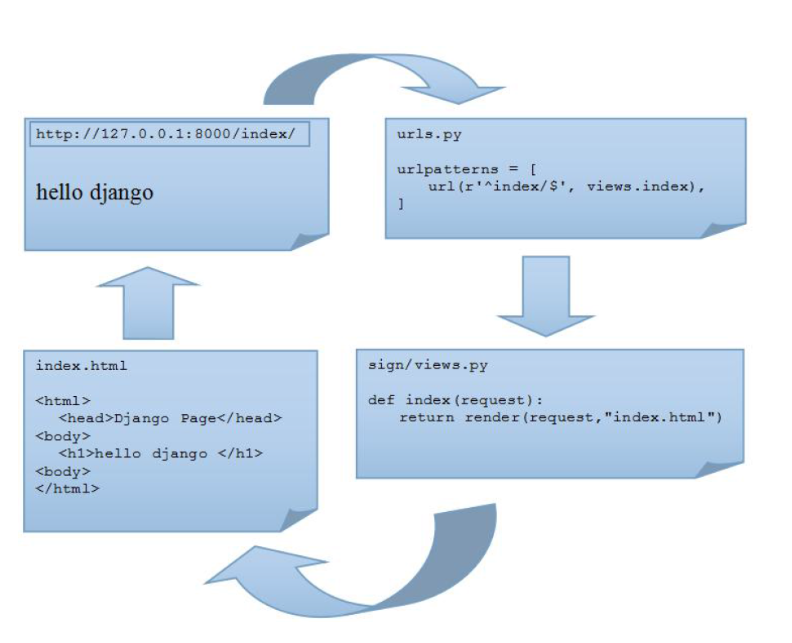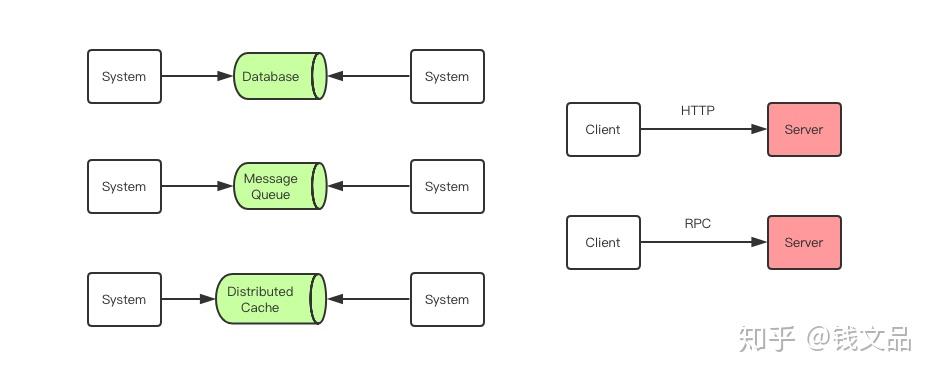code of booth multiplier is :-
module ni(prod, a, b, busy, mc, mp, clk, start);
output [15:0] prod;
output [7:0] a, b;
output busy;
input [7:0] mc, mp;
input clk, start;
reg [7:0] A, Q, M;
reg Q_1;
reg [3:0] count;
wire [7:0] sum, difference;
always @(posedge clk)
begin
if (start) begin
A <= 8'b0;
M <= mc;
Q <= mp;
Q_1 <= 1'b0;
count <= 4'b0;
end
else begin
case ({Q[0], Q_1})
2'b0_1 : {A, Q, Q_1} <= {sum[7], sum, Q};
2'b1_0 : {A, Q, Q_1} <= {difference[7], difference, Q};
default: {A, Q, Q_1} <= {A[7], A, Q};
endcase
count <= count + 1'b1;
end
end
alu adder (sum, A, M, 1'b0);
alu subtracter (difference, A, ~M, 1'b1);
assign prod = {A, Q};
assign a = A;
assign b = Q ;
assign busy = (count < 8);
initial
begin
$monitor($time,"prod=%b, A=%b, Q=%b, Q_1=%b, M=%d, sum=%d, difference=%d, busy==%b, mc=%b, mp=%b, clk=%b, start=%b",
prod, A, Q, Q_1, M, sum,difference, busy, mc, mp, clk, start);
end
endmodule
//The following is an alu.
//It is an adder, but capable of subtraction:
//Recall that subtraction means adding the two's complement--
//a - b = a + (-b) = a + (inverted b + 1)
//The 1 will be coming in as cin (carry-in)
module alu(out, a, b, cin);
output [7:0] out;
input [7:0] a;
input [7:0] b;
input cin;
assign out = a + b + cin;
endmodule
i want to know how these lines of codes:-
case ({Q[0], Q_1})
2'b0_1 : {A, Q, Q_1} <= {sum[7], sum, Q};
2'b1_0 : {A, Q, Q_1} <= {difference[7], difference, Q};
default: {A, Q, Q_1} <= {A[7], A, Q};
endcase
Explain the following logic:-
the multiplier and multiplicand are placed in the Q and M registers, respectively. There is also a 1-bit register placed logically to the right of the least significant bit (Q0) of the Q register and designated Q-1; its use is explained shortly. The results of the multiplication will appear in the A and Q registers. A and Q-1 are initialized to 0. As before, control logic scans the bits of the multiplier one at a time. Now, as each bit is examined, the bit to its right is also examined. If the two bits are the same (1-1 or 0-0), then all of the bits of the A, Q, and Q-1 registers are shifted to the right 1 bit. If the two bits differ, then the multiplicand is added to or subtracted from the A register, depending on whether the two bits are 0-1 or 1-0. Following the addition or subtraction, the right shift occurs. In either case, the right shift is such that the leftmost bit of A, namely An-1, not only is shifted into An-2, but also remains in An-1. This is required to preserve the sign of the number in A and Q. It is known as an arithmetic shift, because it preserves the sign bit.




